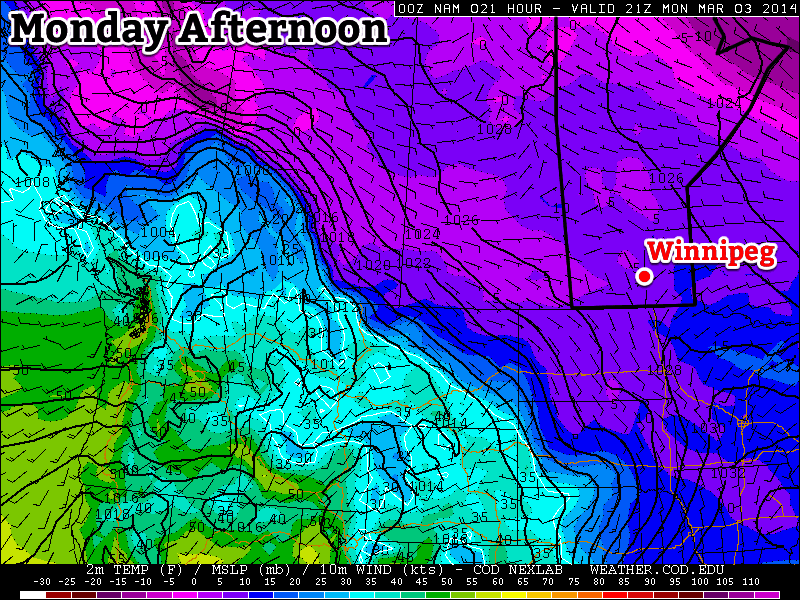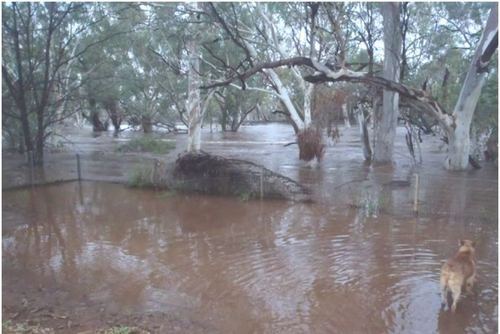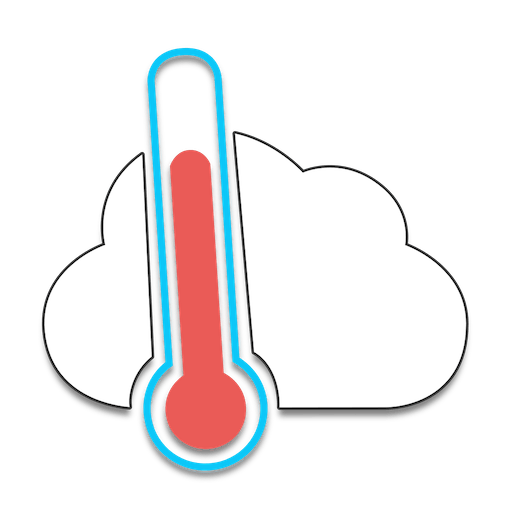Environment Canada released a notice today that dates some significant changes to the weather warning program in Canada. The notice touches on several key areas, however the most noticeable will be the changes to watch/warning types:
WARNING AND ADVISORY CHANGES
BLOWING SNOW ADVISORY
REPLACES
BLOWING SNOW WARNING
FREEZING DRIZZLE ADVISORY
REPLACES
FREEZING DRIZZLE WARNING
FROST ADVISORY
REPLACES
FROST WARNING
EXTREME COLD WARNING
REPLACES
WIND CHILL WARNING
ALSO THE EXTREME HEAT WARNING
REPLACES THE FOLLOWING:
HUMIDEX ADVISORY
HIGH HEAT AND HUMIDITY WARNING
HUMIDEX AND HEALTH ADVISORY
EXTREME HEAT-WAVE ADVISORY
NEW ADVISORIES ADDED (ENGLISH):
=NEW= FOG ADVISORY
=NEW= WEATHER ADVISORY
Several warnings are being downgraded to “advisory” status: blowing snow warnings, freezing drizzle warnings and frost warnings. It’s unclear whether these advisories will be handled through a Special Weather Statement (SWS) or if a new bulletin type will be started. I’m guessing they’ll be addressed as a SWS which could be problematic since SWS visibility has always been a bit of an issue. I can’t complain too much about the changes, although I feel that the blowing snow warning is being mishandled.
In 2012, Environment Canada tightened up the requirements for blizzards to the point where warning-eligible events rarely ever happen on the Prairies. As a seeming acknowledgement of this fact, the blowing snow warning was introduced with slightly more lax requirements. The blowing snow warning has been used substantially in Southern Manitoba where ground blizzards – blizzards that occur with no falling snow – are relatively frequent through the winter months. They generally don’t qualify for blizzard warnings because they are too short-lived or difficult to verify – especially since no weather sites along/south of the Trans-Canada Highway other than Winnipeg, Portage la Prairie and Brandon have visibility sensors.
These events can be quite significant and end up closing major highways. The idea that they’ll be regulated to a special weather statement seems disingenuous to their potential impact. Granted, this is mostly speculation at this point, so it will be interesting to see how they decide to handle advisories going forward.
Regarding Extreme Cold Warnings replacing wind chill warnings, I recently wrote a lengthy post that addresses this change and explores, in depth, the problems with wind chill and wind chill warnings.
The Extreme Heat Warning looks like an attempt to unify the way extreme heat is handled across the country. Currently some regions do humidex advisories (we use those here in the Prairies), some use high heat and humidity warnings, some use humidex and health advisories and some use extreme heat-wave advisories. The unification into a single banner for hot, humid weather seems like smart housekeeping.
Lastly, Fog Advisories and Weather Advisories will be added to the repertoire. Fog advisories will be great since there’s currently no official way to highlight significant fog events that can have dramatic impacts on transportation. I’m not entirely sure what a “weather advisory” will be, and as such I imagine we won’t see it much.
One of the other small changes which will likely be most obvious in severe thunderstorm warnings will be the inclusion of certainty of predicted severe weather hazards. This means that in a warning they could tell you that 2” of rain is certain, nickel-sized hail is likely and that there’s a slight chance of a tornado; or they could say that a tornado is certain and there’s a slight chance for dime-sized hail. This is a great step forwards into beginning to convey context in the weather forecast.
All of these changes will be implemented on April 8, 2014.




